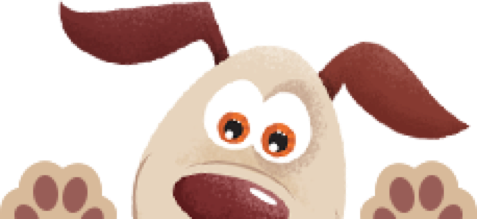
Pug AKA Carlin Dogs and Chinese Pug Dogs
Pugs are a breed shrouded in mystery, not just because of their charming little masks. One of the oldest dog breeds, Pugs are believed to have emerged around 400 BC. However, their exact origins remain unclear, with no consensus on the specific country they first appeared in. What we do know is that Pugs have been adored by royalty and commoners alike for centuries.
Health and Exercise Needs
Companion dogs to the core, Pugs are content to lounge on their owner's lap all day. Despite their love for relaxation, it's essential to ensure they get regular exercise. Pugs are prone to breathing and joint disorders, and being overweight can exacerbate these issues, especially in older dogs. A Pug weighing more than 20 pounds might need a reduction in kibble. Regular walks are crucial for maintaining their health and preventing obesity.
Walking Your Pug
Frequency and Duration: Pugs require regular, moderate exercise. Aim for at least two short walks each day, ideally around 20-30 minutes each. Due to their brachycephalic (short-nosed) nature, Pugs can easily overheat and have difficulty breathing, so it's best to avoid strenuous activities or walks during the hottest part of the day.
Pace: Keep the pace steady but not too fast. Pugs are not built for speed or endurance. A leisurely stroll that allows them to sniff and explore is ideal.
Hydration and Weather Considerations: Always carry water for your Pug, especially during warmer months, to prevent overheating and dehydration. In colder weather, ensure they are properly dried after a walk to prevent chills and colds, as Pugs can get cold quickly due to their short coat.
Mental Stimulation: Pugs are intelligent and curious, often seeming to know what their owners are thinking. Incorporate mental stimulation into their walks by allowing them to sniff around and explore new environments. This not only keeps them engaged but also helps prevent boredom and related behavioral issues.
Behavioral Considerations
Pugs are adorable, intelligent, and always looking for a chance to get away with bad behavior. It's important for dog owners to be diligent yet gentle with Pugs. Harsh reprimanding isn’t necessary. Pugs have a strong grasp of their owner's emotional state due to their long history as companion dogs. Maintaining calm confidence is key to managing their behavior effectively.
Without a strong pack leader, Pugs can develop guarding issues, bark constantly, and become aggressive around other dogs. However, if a human is too dominant, Pugs may become skittish. Owners need to strike a balance between authority and affection. This breed's intelligence and affection more than make up for their possible fussiness.
Grooming and Maintenance
Pugs are easy to groom, shedding heavily only one season a year. Owners should keep the folds on a Pug’s face clean and dry to prevent infections. After bath time, ensure they are dried thoroughly to avoid chills and colds.
Conclusion
Walking a Pug requires understanding their unique needs and balancing their love for relaxation with the necessity of regular exercise. By providing a steady, moderate pace and incorporating mental stimulation, you can ensure your Pug remains healthy and happy. At Swifto, our experienced walkers understand the specific needs of Pugs and can provide the tailored care they deserve. Whether it's keeping a gentle pace, ensuring hydration, or providing mental enrichment, we are here to help your Pug enjoy every walk.
Looking to book a dog walk for your Pug? click here.

